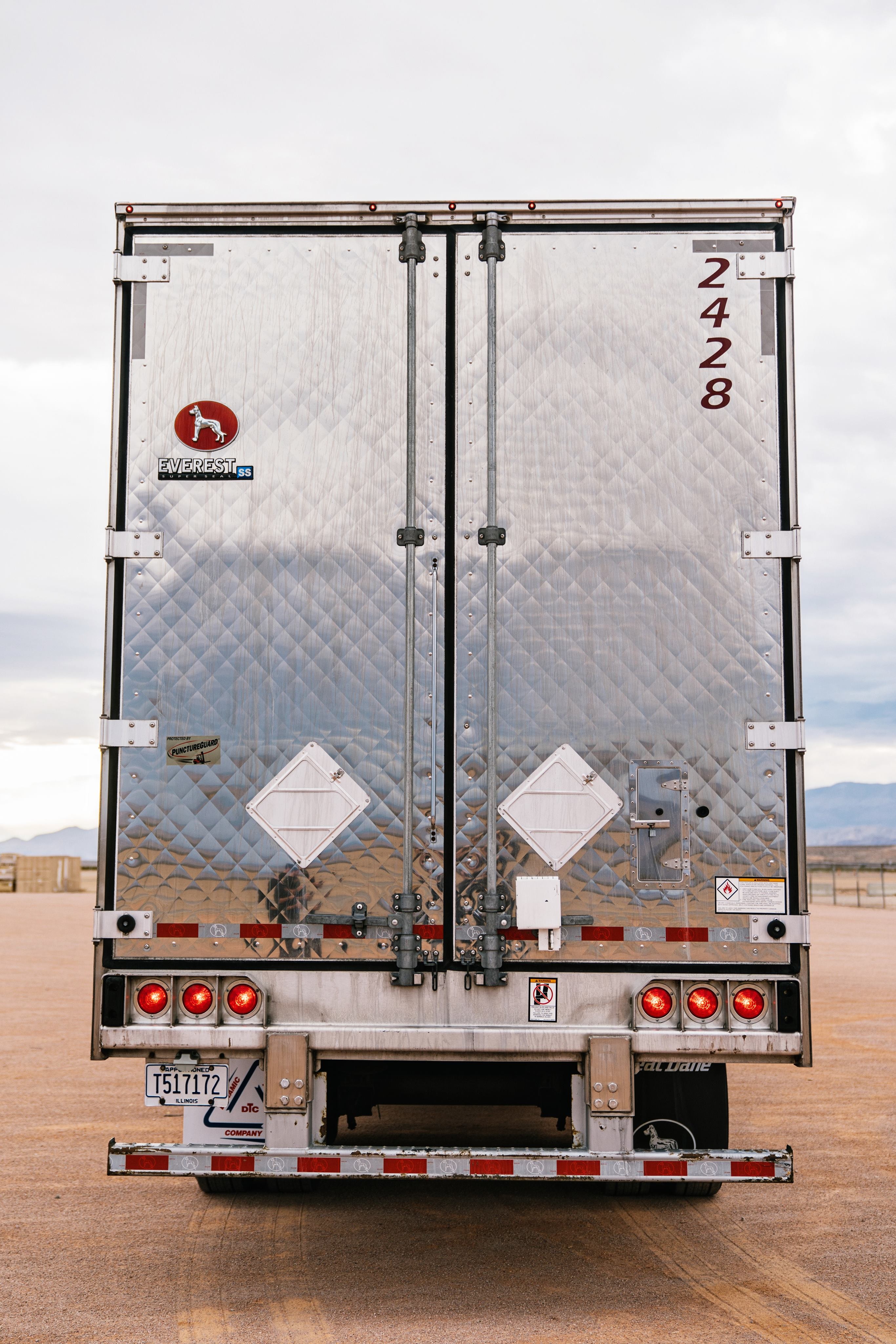The threat of tariffs that created last year’s crunch for the trucking industry and drove up trucking rates seems to have normalized. Unfortunately, the normalization means costs are back to what they were two years ago, due to a “rubberband effect” after being stretched so far last year.
However, while rates for carriers are slowing and even falling in some areas of the market, costs continue to steadily rise for trucking companies. Until there is some form of stabilization, carriers need to cover costs and maintain sustainable operations.
2017 Was a Very Good Year
A lot of casual analysts see any sign of backsliding as negative. Yes, trucking rates are back to what they were in 2017, but 2017 was actually a good year for the trucking industry. If rates slipped back to 2016, which was lighter in overall revenue, we would have a problem.
2018 had spot rates that were about 17 percent higher than 2017, but there were a number of mitigating factors coming from both the private sector and from Washington, DC. In 2018, the trucking industry was still adjusting to the limited hours imposed by the ELD mandate.
Tariffs were on the horizon, which made shippers rush everything ahead of schedule to beat the clock. In turn, this placed a severe strain on the trucking industry, and the demand for capacity trucks skyrocketed.
Carriers had more control over contracts and were able to adjust trucking rates accordingly while investing in vehicles, recruiting, and other growth projects. As the trucking industry moved into 2019, things snapped back to normal, and shippers made plans to handle tariffs instead of making a mad rush to get products from overseas.
Handling Increased Operational Costs
The big side effect of last year’s mad rush is that carriers were using the boost in revenue for growth, and some trucking companies are trying to manage increased operational costs without losing any of the ground they gained in 2018.
Those trucking companies seeking loans may find the added debt to be more of a hindrance than anything to keep things running. Using freight bill factoring to boost cash flow and increase the rate at which revenue is coming into your trucking company is sustainable, efficient, and doesn’t place any debt on the books.
Why juggle finances and wait 30-90 days for payments from your clients when freight bill factoring can eliminate all of that and give you access to cash for your receivables within 24 hours?
Express Freight Finance is a national leader in freight bill factoring for trucking companies of all sizes. To manage costs as the trucking industry adjusts to the “new normal,” carriers are maintaining a healthy cash flow with factoring services from Express Freight Finance. Contact our offices today to get started.






